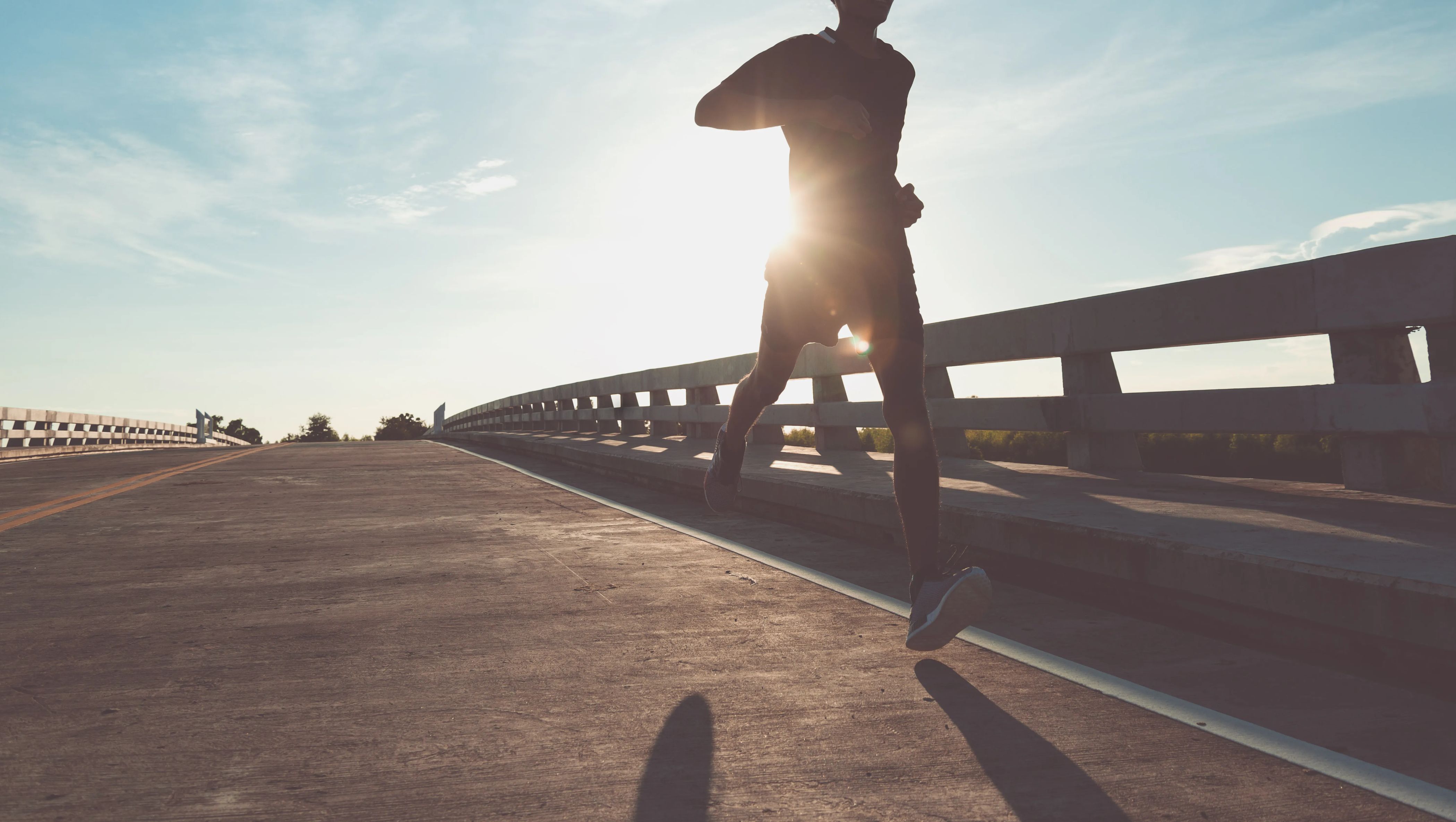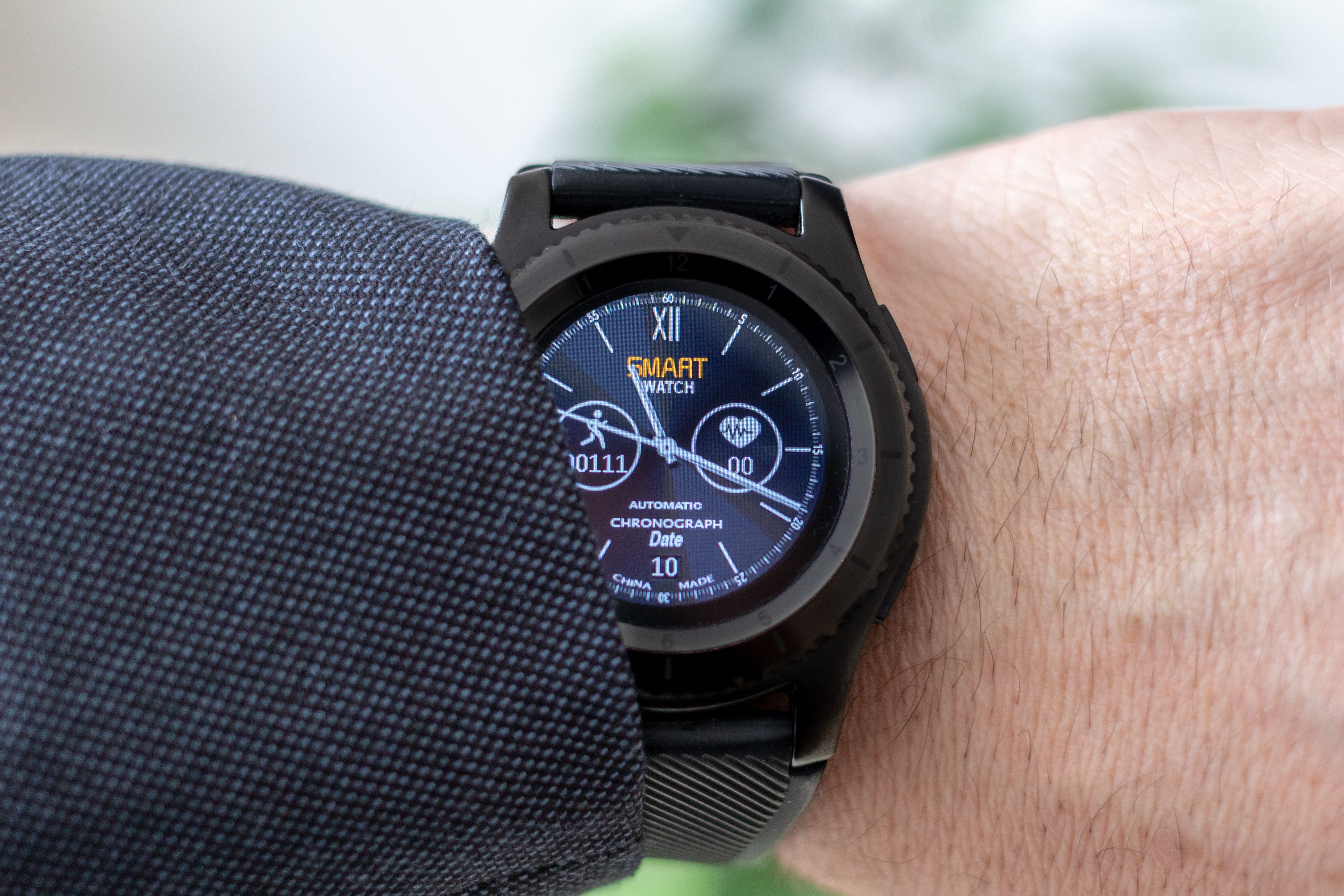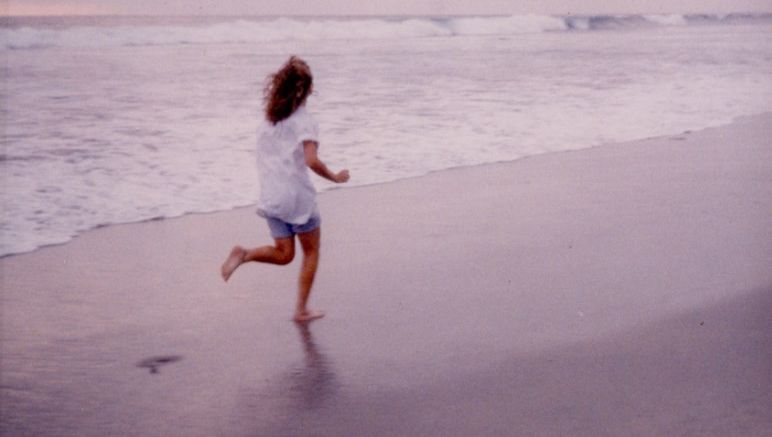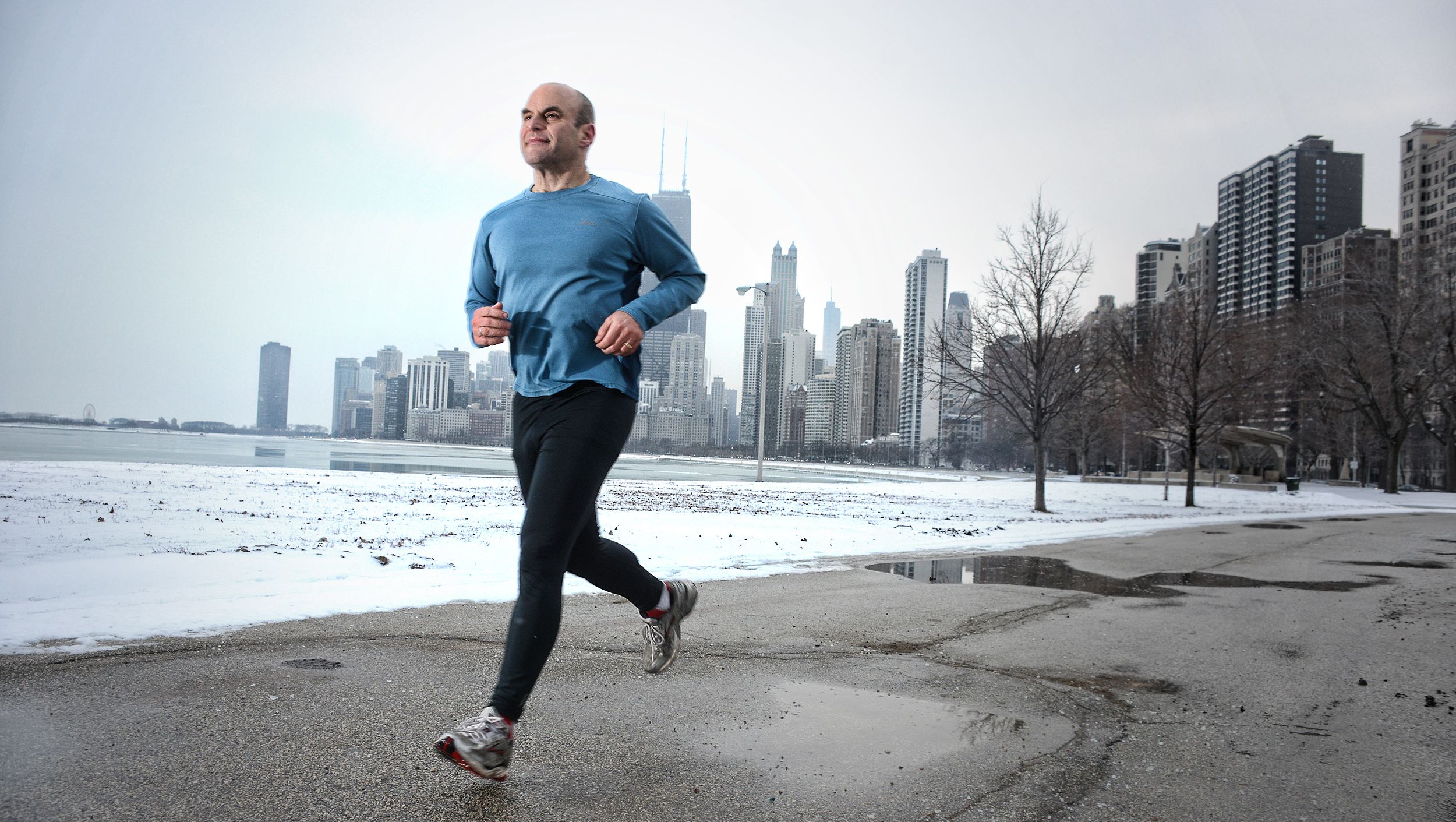
Running is a timeless hobby and sport. Besides the physical benefits that come from running, the activity is a recognized international sport, is a fundamental skill for soldiers, and remains a trans-culture pastime.
No matter where you travel, you will usually find someone running. Whether it is recreational or a mode of exercise for them, they are running.
There are now proven methods to improving how well we run, with some of them proving just how powerful the human body can become. (Especially when used in conjunction with a good diet)
Published author, journalist and professional runner Alex Hutchinson shared relevant and fascinating information on how to improve your running game.
Get A Sports Watch

The primary reason for getting a sports watch is to home in on your performance with better data. Most people have no idea how fast they are running at any given time, or whether their heart rate is exceeding safe limits.
Excellent sports watches today include:
The Garmin Fenix 6 Sapphire GPS Watch and the Fitbit Sense. (Both can be easily purchased online)
Why Get A Sports Watch?
Hutchinson shared the following about using a sports watch:
“Watches that tell you how fast you’re going and how far you’ve gone are a huge blessing, especially on winding and unmeasured trails. But they can also be a curse, if you end up paying so much attention to what the watch is telling you that you stop listening to what your body is saying. You’ll run better if you learn to feel the difference between fast and too fast. I recommend consulting the watch sparingly while you run, but then checking out the data when you get home to look for patterns or insights to compare to your subjective impression of how the run went.”
Run Barefoot

Running barefoot is a relatively new concept introduced to runners. In 2011, much debate came about whether people should start running barefoot. The conclusion was less-than-decisive, but it is now well accepted that the less padding your feet use the stronger they can become.
This isn’t always true (especially when the terrain isn’t permitting) but now new shoes are available called “Minimalist Shoes.”
Runner’s World published an article about how much you should be using these kinds of shoes. The results are eye-opening to say the least.(Those who participated in the study had increased performance but higher chance of injury sometimes)
‘Ease Into It Gradually’

Hutchinson weighed in yet again, sharing how minimalist shoes are something he recommends:
“One thing I can say for sure is that simply ditching your shoes won’t magically solve all your running problems. Instead, switching to a more minimalist shoe is a tool that can be used for specific goals—for example, helping to shorten your stride and increase your cadence—and it comes with potential benefits and risks. For trail runners, it may be a tool for increasing foot strength and improving balance and stability, but make sure you ease into it gradually.”







